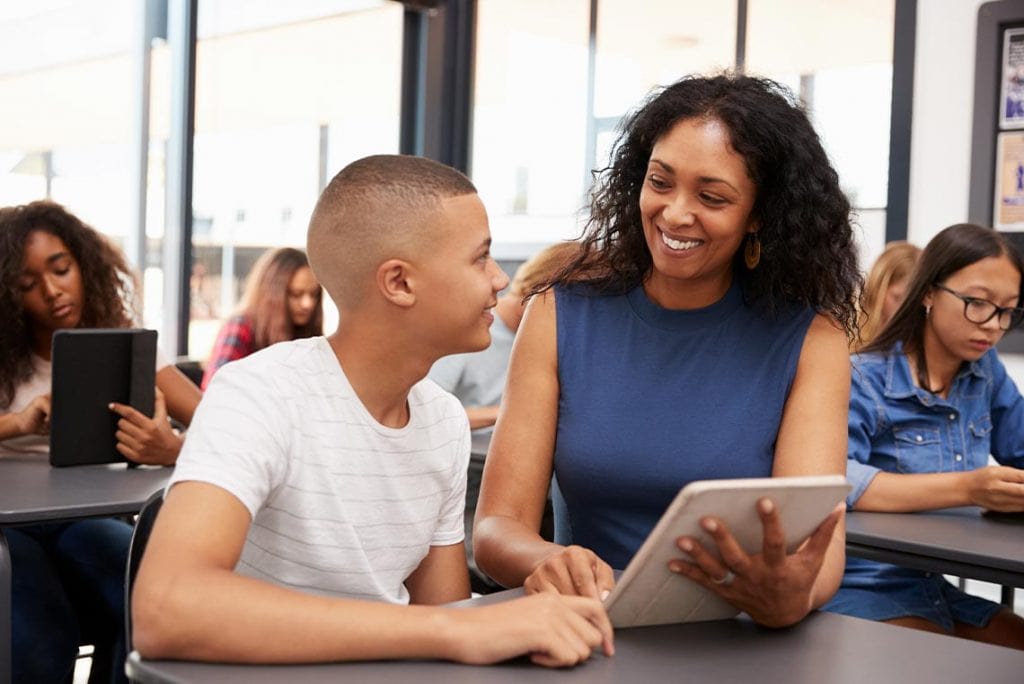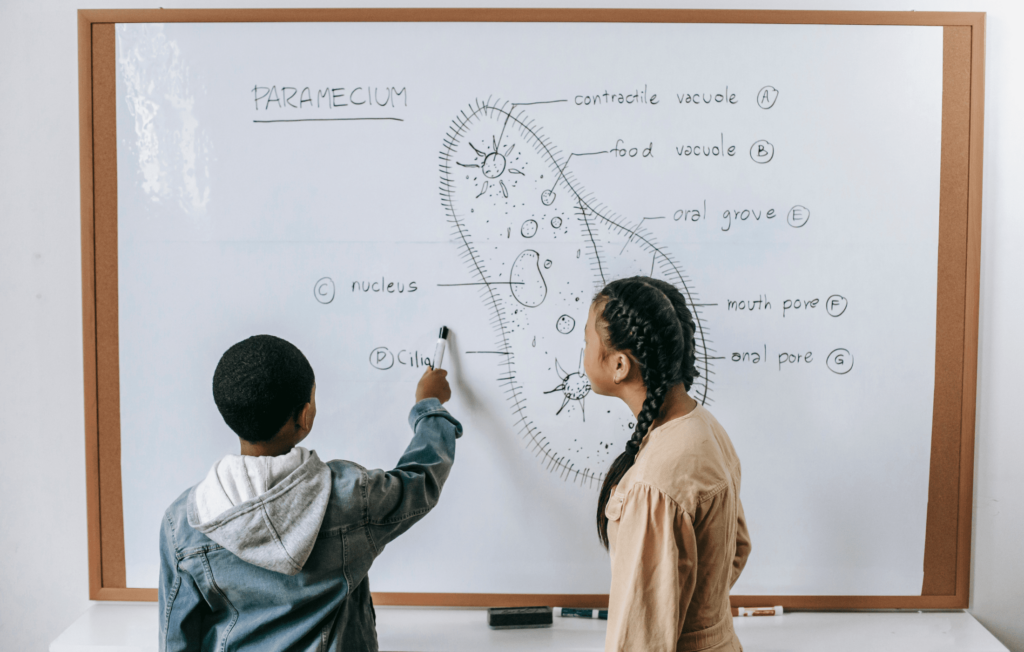You’ve probably heard about this thing called Advisory in your kid’s school, but what is it?
Historically, earning a high school diploma meant that graduates could get a reliable, high-paying job after graduation.
The new economy — modern, technologically advanced — requires more than what a traditional high school education offers. Post-secondary school success depends on access to additional education and training. Class, race, and ethnicity stratify that access, which means that low-income, minority students do not receive the same kinds of career and college planning guidance as their peers (Rosenbaum and Becker 2011).
What if every high school student had the guidance they needed to transition from high school to whatever comes next? What if guidance counselors, teachers, school administrators, and other faculty and staff facilitated powerful experiences for students that helped guide them? What if there was this amazing opportunity to develop authentic relationships in school that will help students succeed and prepare them for the future?
It’s not a novel idea, but it’s tough to implement.
That’s where an innovative approach comes in. It’s called Advisory.
What’s Advisory?
Simply put, Advisory is about relationships. It’s about asking questions and being there for students. Advisory helps students develop the confidence and skills to succeed after high school by giving them ample time to explore and question. In Advisory, students figure out who they are, what interests them, where they’re headed, and how to get there.
Schools take different approaches to advisory. Some students meet regularly in advisory groups run by faculty, staff, and administrators. Some advisories meet once a week. Others have daily check-ins. Others meet less frequently, but for longer periods of time. Some schools even integrate advisory as mini-courses for which students earn credit.
The bottom line? Advisory offers students the time, space, and support to begin to prepare for life after high school.
In a 2015 Getting Smart article, Chris Lehmann of Philadelphia’s Science Leadership Academy (SLA) said, “Think of advisory as the soul of your school. And in everything you do, remember that you teach students before you teach subjects. Advisory is the place in the schedule where that idea has its core and then it spreads into everything else we do.”
The Elements of Advisory
Getting Smart details the five core elements of an effective advisory program:
· Weekly academic monitoring
· Connection to youth and family services
· Support for a positive school culture
· Support for career awareness
· Support for post-secondary education awareness and decision making
How do students embrace these elements? Schools take a variety of approaches, depending on their sizes and needs.
Typical advisory groups consist of 18-22 students. To have smaller groups, additional staff gets involved.
Some advisories focus solely on college and career preparation, and others on academic support, emotional learning, and character development.
What’s important? A high school advisory requires a clear focus and mission that meets the needs of the students.
In 2014, Beth Brodie, a Family School Partnership Fellow at Vermont’s Partnership for Change, explained that the school should define its purpose in having an advisory period. She said, “Establishing a multi-stakeholder group to include teachers, students, parents administrators, and special educators to develop a vision statement and define objectives will lend itself to a lasting organizational change.”
The focus is always on the student.
The Benefits of Advisory
Connection
Strong advisory programs catalyze authentic relationships among students, faculty, and staff. Through discussions, seminars, hands-on activities, and appropriate engagement with technological tools, students explore ideas and collaborate. They get to know each other better and understand that they have an adult at school on whom they can rely.
Advocacy
Students have an additional person other than a guidance counselor on whom they can depend for support and guidance. Advisors can help students negotiate sticky situations that arise in school.
Personal growth
Advisory should give students an in-depth look at their academic strengths and weaknesses. Students develop self-awareness by sharing stories and experiences in their advisory time.
Advisory in an Online Classroom
Wait. What? Brick and mortar schools do it. Why can’t online schools? They can and they do–with great success.
The Virtual Learning Academy Charter School (VLACS) currently offers an advisory program for its full-time students. VLACS assigns each student a consistent support person throughout their career. These Advisors assist students with selecting courses, meeting graduation requirements, identifying outside resources, and formulating their future plans, including college and career readiness and application-related tasks.
Meghan Granger, VLACS Director of School Counseling explains that Advisory includes monthly webinars on specific topics including study skills, college planning, financial aid, resumes, and service opportunities and required monthly check-ins with advisors with the opportunity for more meetings if the student and advisor need them.
VLACS Advisors also act as liaisons between instructors and students if academic issues arise, including “attendance,” or pacing. Advisors help get students back on track with their courses if they need help.
VLACS is now offering advisory for part-time students. Students can complete five competencies projects and earn a half-credit, as some brick and mortar schools have done with their advisory programs. VLACS designed the part-time advisory projects to enhance the student’s brick and mortar advisory experiences.
The new Advisory projects will include college and career exploration and planning, learning strategies, goal setting, technical skills, mindsets, application processes, financial planning, and accessing help and resources.
Your Takeaway
Advisory is an opportunity for school communities to support their most important assets–their students.
All students need the support, direction, and guidance from trusted adults, as they navigate all the possibilities life presents. Advisories give students the chance to connect and collaborate with their peers and those trusted adults so that they can make thoughtful, informed decisions about the direction they want their lives to go.
They’re the captain of their own ships. Advisory lets them try out the tiller.



